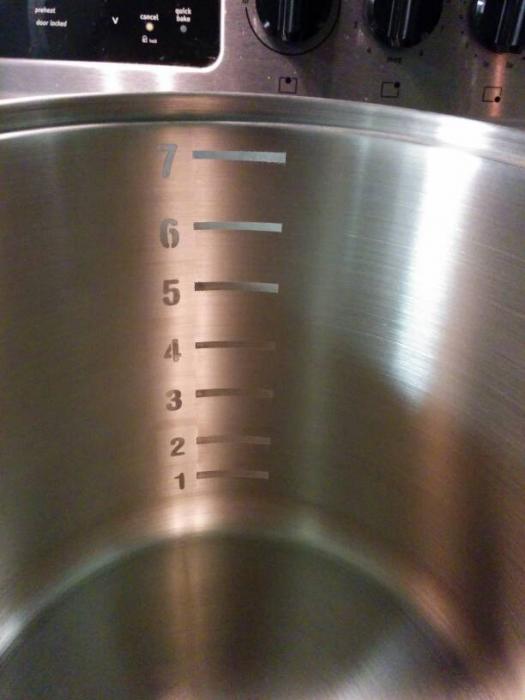I have a 12 year old daughter who's tried all kinds of hazardous things with supervision. Yes, keep the level of hazard in perspective; don't blow it out of proportion. It's a yucky chemical solution, not nuclear waste.
Metabisulfite is good at reducing hexavalent to trivalent. Most of us have it, just dissolve in solution for added measure of safety.
I'm sure Ward would test, but then you might turn your house into a superfund site when it leaks to the epa. Kidding.


























































![Craft A Brew - Safale S-04 Dry Yeast - Fermentis - English Ale Dry Yeast - For English and American Ales and Hard Apple Ciders - Ingredients for Home Brewing - Beer Making Supplies - [1 Pack]](https://m.media-amazon.com/images/I/41fVGNh6JfL._SL500_.jpg)











